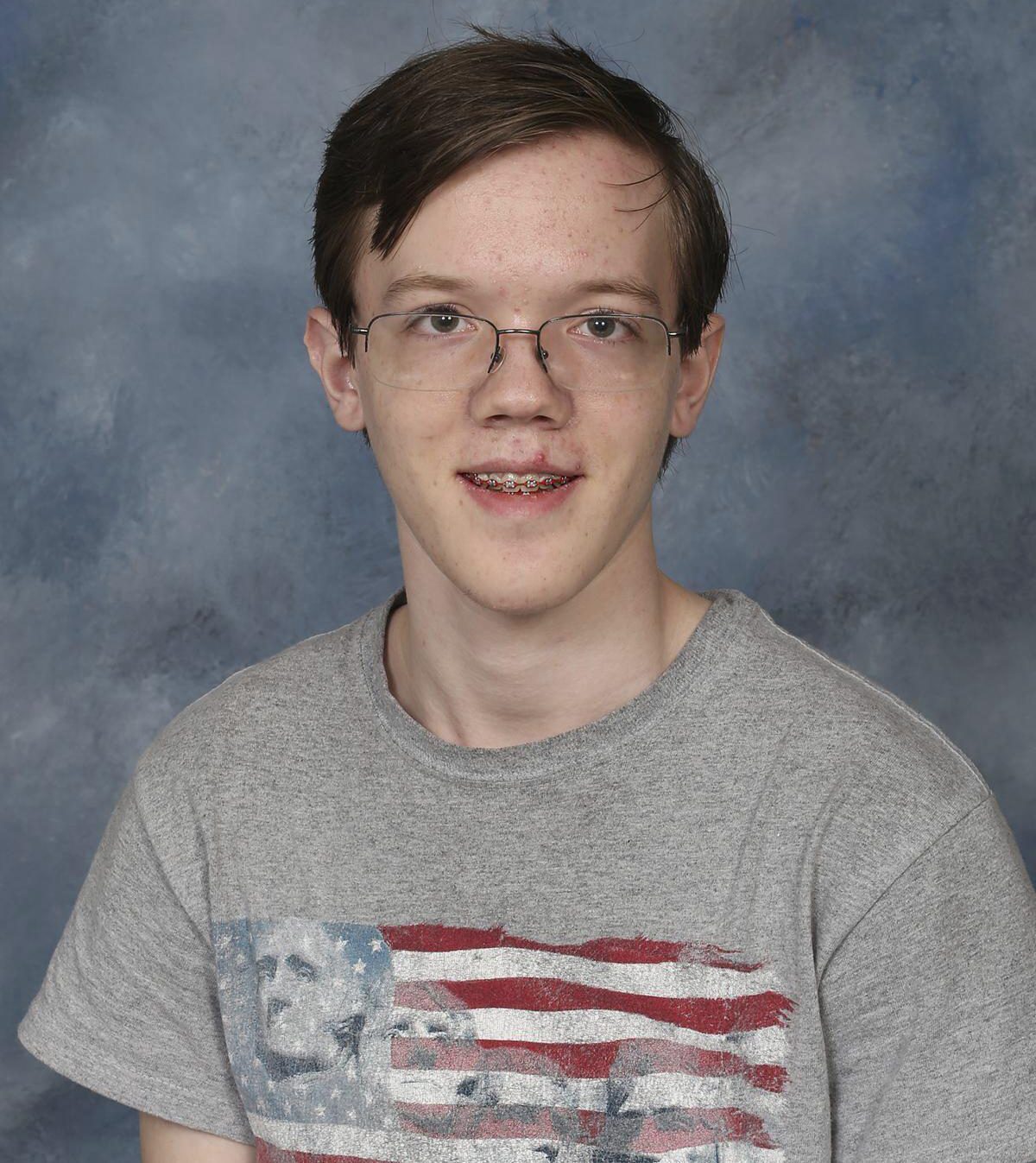
Editorial: Similarities between Trump would-be assassin, school shooters hard to miss
Investigators are still trying to determine the reason Thomas Matthew Crooks climbed on to the roof of a building across from Donald Trump and opened fire Saturday, hitting the former president in the ear, killing a firefighter and wounding two others at the Pennsylvania rally.
Reports tracking his timeline reveal he went to a shooting range to practice, bought a ladder at Home Depot, and 50 rounds of ammo at a gun store before heading to the event, explosive devices in his car.
Other details have emerged about the 20-year-old, and they sound all too familiar. While some classmates say they never saw bullying, others paint a different picture.
Crooks became “an easy target” for bullies who would pick on the often lonely teen at Bethel Park High School, Julianna Grooms, 19, told the New York Times.
“Those other kids would always say, ‘Hey, look at the school shooter over there!’” Grooms recalled.
“They would tease him about his poor hygiene, his body odor. He was an easy target,” she added.
Jason Kohler, who said he attended the same high school but did not share any classes with Crooks, told the Associated Press that Crooks was bullied at school and sat alone at lunch time. Other students mocked him for the clothes he wore, which included hunting outfits.
“He was bullied almost every day,” Kohler told reporters. “He was just a outcast, and you know how kids are nowadays.”
We do, as the bullied backstory is often part of the school shooter narrative. Bullied, outcast, loner, lonely.
A 2022 piece from the Brookings Institution addressed all-too-familiar school shootings around the country. In it, author Robin M. Kowalski, Ph.D., referenced a study she conducted with colleagues. They found:
“Almost half of those who perpetrate K-12 shootings report a history of rejection, with many experiencing bullying. One 16-year-old shooter wrote, ‘I feel rejected, rejected, not so much alone, but rejected. I feel this way because the day-to-day treatment I get usually it’s positive but the negative is like a cut, it doesn’t go away really fast.’
“Prior to the Parkland (High School) shooting, perpetrator (Nikolas Cruz) said, “I had enough of being — telling me that I’m an idiot and a dumbass.’ These individuals felt rejected and insignificant.”
Of course, not everyone who was bullied in high school goes on to become a mass murderer or assassin, neither do teens struggling with mental health issues. But the similarities point to a weak link in the chain.
The 1999 massacre at Columbine High School in Colorado gave rise to the anti-bullying movement. The Washington Post reports that there have been 413 school shootings since. On Saturday, another allegedly bullied, troubled young man channeled whatever was going on in his head into a bullet aimed at Trump.
Anti-bullying isn’t enough. What happens to the bullied? What are the resources available to students who feel like they have no one, except for those who mock them mercilessly?
Unless this country steps up mental health care and bullying interventions for its victims, these lonely, angry loners are ripe for negative influences, whether it be social media, or their inner demons.
Left to their own devices, too many are ticking time bombs.
Editorial cartoon by Joe Heller (Joe Heller)


